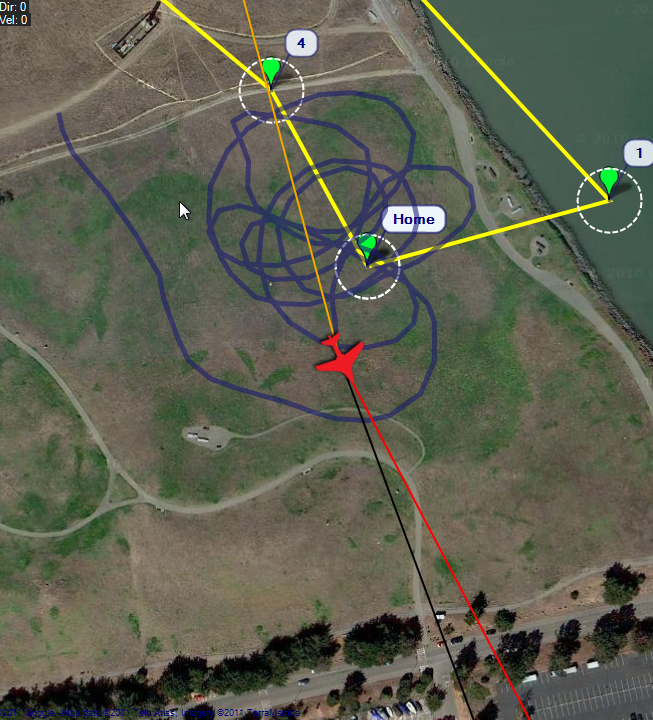Hi Everyone,
Maybe you know, i'm working on Open Source RC (OpenLRS) project since 1-2 years and we released it in this summer.
Today I just finished the firmware v1.10 with transparent serial bridge!
This mean, you can talk with autopilot or other telemetry modules without any extra telemetry device. Your OpenLRS Rx and Tx can handle this mission.
Download link:
http://code.google.com/p/openlrs/downloads/list
OpenLRS Forum link:
http://forum.flytron.com/viewtopic.php?f=7&t=4&p=1279#p1279
IMPORTANT:
Rx to Tx transmission supporting 750 byte/seconds (not bit/second) without any problem.
It's handling 9600 baud signals with %80 traffic.
But Tx to Rx (ground to air) transmission sharing the servo communication bytes and we are not suggesting more than 100 byte/second for ground to air transmission.
We are suggesting 115.200 baud serial speed (%5 traffic) for clear serial. If you want to use 9600 or near speeds dont forget; Atmega328(with Arduino) can read the signal with hardware without any problem, but it have to wait for next byte when writing. You must finish the writing before reading next RF package. This is why you need high speed communication when writing something on the serial out.
As a reference: In this video, i'm using 9600 baud on GPS side and 115.200 baud on computer side.
Thanks
Melih
-----------------------------------
Old Diydrones blog posts about OpenLRS Project
http://diydrones.com/profiles/blogs/new-opensource-lrs-coming
http://diydrones.com/profiles/blogs/the-openlrs-project-pcbs-ready
http://diydrones.com/profiles/blogs/the-openlrs-project-pcbs-ready
http://diydrones.com/profiles/blogs/openlrs-wii-motion-plus

